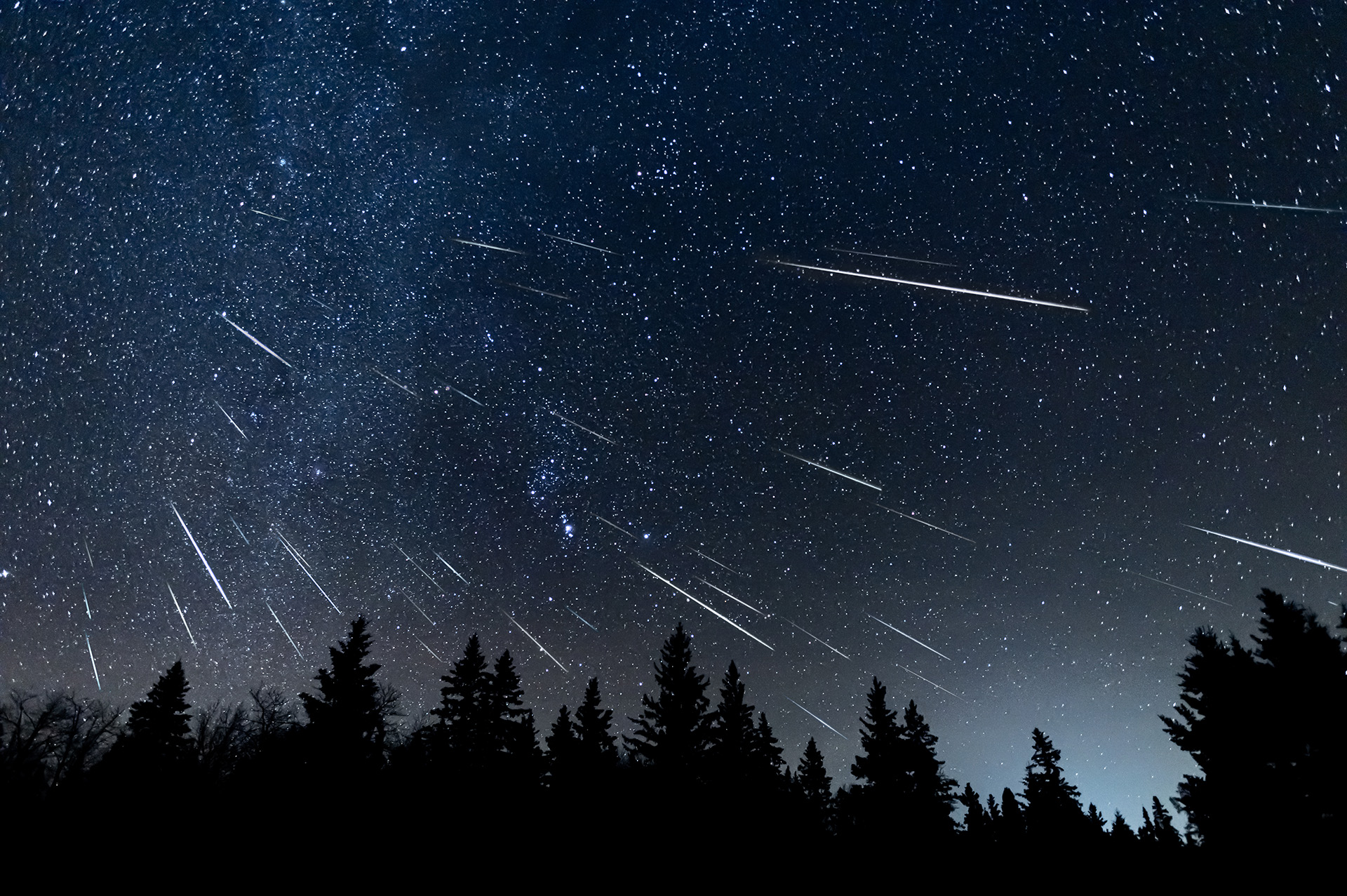Unfortunately, skywatchers who didn’t take to the backyard the night of May 5 and May 6 have already missed the peak of the Eta Aquariids meteor shower. The conditions for the peak were exceptional this year, thanks to a new moon and dark skies. But, just because you’ve missed the peak doesn’t mean you’ve missed out entirely.
If you’re still interested in seeing the Eta Aquariids meteor shower, then you can do so anytime between now and May 27. However, the darker the night, the better the chances of seeing anything will be. You’ll likely want to head outside during the darkest times of the night — so early morning — and then wait for the meteors to possibly skew across the sky.
Unfortunately, those in the northern hemisphere aren’t going to be treated to a great showing for the Eta Aquariids meteor shower. However, it will certainly be better than last year’s shower, as the nights were much brighter during the shower last year.

Still, despite the number of meteor showers not being huge per hour (roughly 10-30 at peak times), the meteor shower is something that you still have a chance to see. And, if you miss it, you can always catch the follow-up in October when the Orionids return.
The Eta Aquariids meteor shower stems from the debris trail of Halley’s Comet, which is perhaps one of the most famous comets astronomers have ever discovered. It and the Orionids are the only two meteor showers we get from the comet, and both offer a beautiful way to enjoy the night sky.
Considering the upcoming Waxing crescent moon, this weekend should be a solid time to experience the meteor. Anytime beyond this will only see the sky growing brighter as the moon becomes more vibrant throughout its monthly phase.








